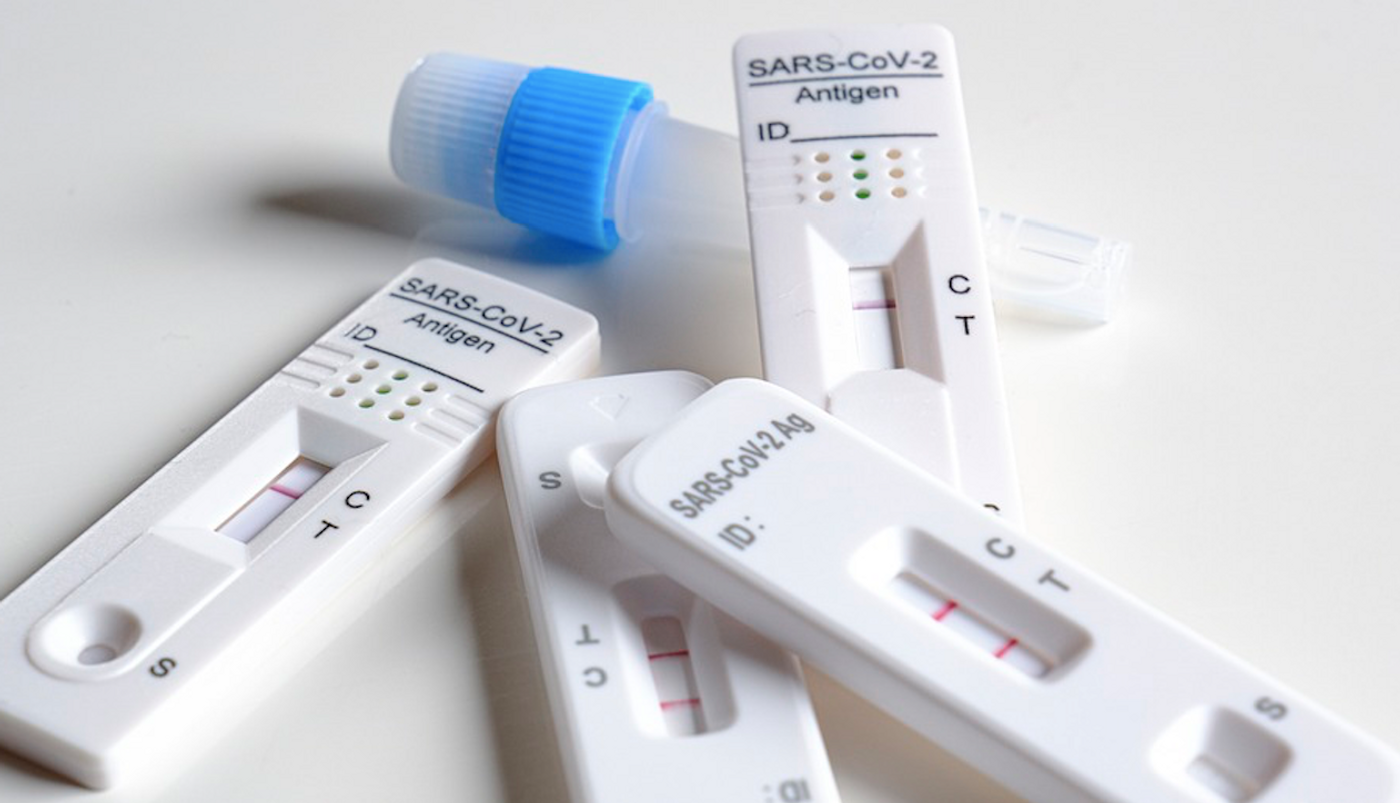Advances in COVID-19 Diagnostics
Though the COVID-19 pandemic has waned, SARS-CoV-2 is still with us, and we still need diagnostic tests. Scientists have been improving those tests in several ways. Researchers are developing a test that can rapidly diagnose new COVID-19 infections within hours of exposure. A combination flu and COVID-19 test has recently been approved by the US Food and Drug Administration (FDA) and is now available to consumers for use at home. A COVID-19 home test with greater sensitivity has also been created and will hopefully reach the market soon.
Typical COVID-19 tests identify viral particles in swabs of the nostrils, throat, and/or cheeks. But those tests are best used during certain windows, and they can miss active infections when there isn't much viral material available because a person is asymptomatic, or the infection has not yet set in and begun to replicate robustly. A totally new type of test uses a different approach, and aims to detect the immune response to the virus. The work has been published in Cell Reports Methods.
A viral infection activates the expression of a variety of immune genes, which are transcribed into mRNA molecules. The test detects certain levels of those mRNA molecules. The researchers used blood samples collected during the COVID-19 pandemic to validate their results; the test detected COVID-19 infections, even in asymptomatic people, with 98.4 percent accuracy.
More work is still needed to improve the test. For example, it uses blood samples and not nasal swabs. The scientists also need to verify that it can distinguish between different types of viral infections, like COVID-19 and the flu. But the researchers are hopeful that the diagnostic test will be available in the near future.
A combination flu and COVID-19 test is already on the market. The FDA recommends the test for anyone with symptoms of a respiratory tract infection symptoms. It's called the Lucira COVID-19 & Flu Home test. It does not require a prescription, requires nasal swabs that can be collected by the user at home, and results are available in about 30 minutes.
While samples have to be collected by an adult, the test can be used on anyone older than 2. There is a small risk of false negatives, noted the FDA, so if respiratory infection symptoms exist and the test is negative, people may still want to follow up with their healthcare provider.
Scientists have also developed a much more sensitive test for COVID-19 that can be used at home. The work was reported in ACS Infectious Diseases.
At-home tests change color when an antibody-linked reporter molecule latches onto viral particles in a sample. But that color change is very faint when few viral particles are present. PCR-based tests are good for disease detection because only very small amounts of viral material have to be present; they are then amplified by PCR. But special equipment is needed for PCR.
This new, sensitive test has added an amplification step to a test that can be used at home. A hybridization chain reaction (HCR) boosts the signal of reporter molecules instead. The viral protein gets tagged with a DNA molecule, which can act as a scaffold that more reporter molecules can bind to. Thus, every viral particle triggers the emission of a much stronger signal.
When the sensitive test was compared to tests that are on the market, it was 2.5 times more sensitive than the best, and 100 times more sensitive than the worst. The researchers are now working to get the new test to the market.
Sources: California Institute of Technology, ACS Infectious Diseases, The Associated Press, Simons Foundation, Cell Reports Methods









